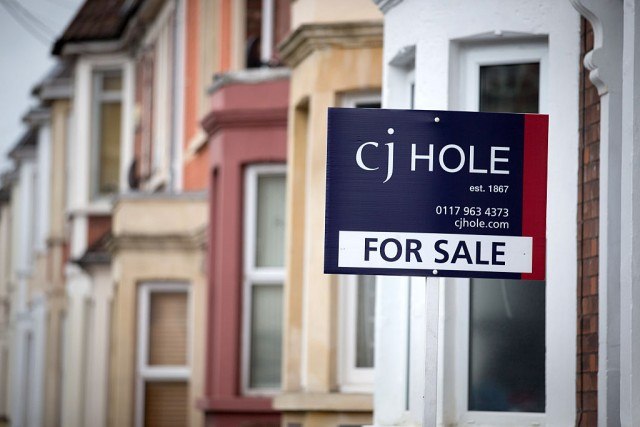
When it’s time to buy a new home, you’re going to learn more about mortgages than you probably ever wanted to know. Trust me; I have two of them. When my husband and I became engaged in 2003, we decided we wanted to graduate college and build a house before we got married. We were 19 and 20 at the time. By 2004, we were ready to begin building our modest first home and we were able to move in the day we returned from our honeymoon in May 2005 (we had 4 hurricanes come through in summer 2004 that pushed back permits and our build by more than 6 months). We learned a lot of things with that first mortgage.
When we welcomed twins in 2014 and turned our family into a family of six, we needed a bigger house. Rather than sell our other house, we rent it. We found our dream house, applied for a mortgage and bought it two months later. I thought I knew all there was to know about mortgages at that point having already built a house. What I learned is that building and buying are very different, the process is different and that no two mortgages are the same. I had some misconceptions and some misinformation, and I learned a lot.
I would love for you to learn, but sometimes it’s easier to know things in advance. You’re going to soak in more information than you can imagine when it’s time to apply for a mortgage, and I want to give you some mortgage information before you apply so that you can start out a little bit ahead.
You need to pre-qualify for a mortgage, but…
That doesn’t mean you are approved. I always thought that being pre-qualified meant that you were approved for a mortgage. Yeah, no. It’s not the same thing. We were pre-qualified for a certain budget, we figured out what we wanted to spend and then we shopped. When we put in our offer and it was accepted on our dream house, my husband dashed my dreams when he said to me, “Gosh, I hope we are approved.” Thinking we already were, my banker husband explained a lot of things to me.
I began to worry, too, since my income is freelance and my job is self-employed. I make good money and so does my husband, but being self-employed can make things a bit more complicated, especially since only so much of that actually shows up as income on your income tax returns. We were fine, but I wish I had known ahead of time that pre-qualified does not mean approved.
You cannot afford what the bank says you can afford
If we spent what the bank told us we could afford, we’d be living a pretty destitute life. You know the term house-poor? Well, it’s real and banks tend to provide that as an actual reality for many buyers. Here’s the deal, you don’t want to spend what the bank tells you that you can afford. You want to sit down, do some math and figure out what you can afford. Let’s say that you have $3,000 per month in expenses, including groceries, gas, utilities and cell phones and insurance and cars. The rest of your income is savings and fun.
Now let’s say that you bring home $7,500 per month. That leaves you with $4,500 per month left over after you pay your monthly expenses to save and to have fun with. You save $3,000 per month and you play with the additional $1,500 for meals out, date nights and shopping. The bank tells that you can afford to buy a $750,000 house, and you’re going to take your savings and put down $150,000 of that which is 20%. You’re going to finance $600,000. With 3% interest and a 30-year mortgage, your payment for your home is approximately $3,300 per month.
Sure, you can afford that. However, that leaves you with $1,200 per month extra. You now have to allot for savings so that you can fix things that break. You have to consider your entertainment, your savings, your retirement, what it will cost to maintain that house and if there are HOA fees and lawn maintenance fees. If it’s a bigger house, will you be able to afford more expensive utilities?
You might feel more comfortable paying around $1,200 per month or less, which means you have to figure out where that puts you so that you still have additional money, savings and freedom.
You don’t need a down payment
I hate this piece of advice because I am so strongly against it, but it is a fact. While I put more than 30% down on my home (always have, always will), some people cannot afford that and assume that they cannot afford a home. There are down payment assistance programs, first-time homebuyer programs and even banks willing to let you finance 100% of your home. You can buy a house without a down payment.
On that note, we do not advise you do that. For one, it’s more expensive. If you finance more than 80% of your home’s value, you have to pay Private Mortgage Insurance until you are below 80%. It’s hundreds of additional dollars every month; no one wants to pay that. You also have no equity in your home when you finance the full worth. Finally, your monthly payment will be massive. It’s just a much wiser financial decision to make a down payment.
Photo by Getty Images

Comments
Loading…